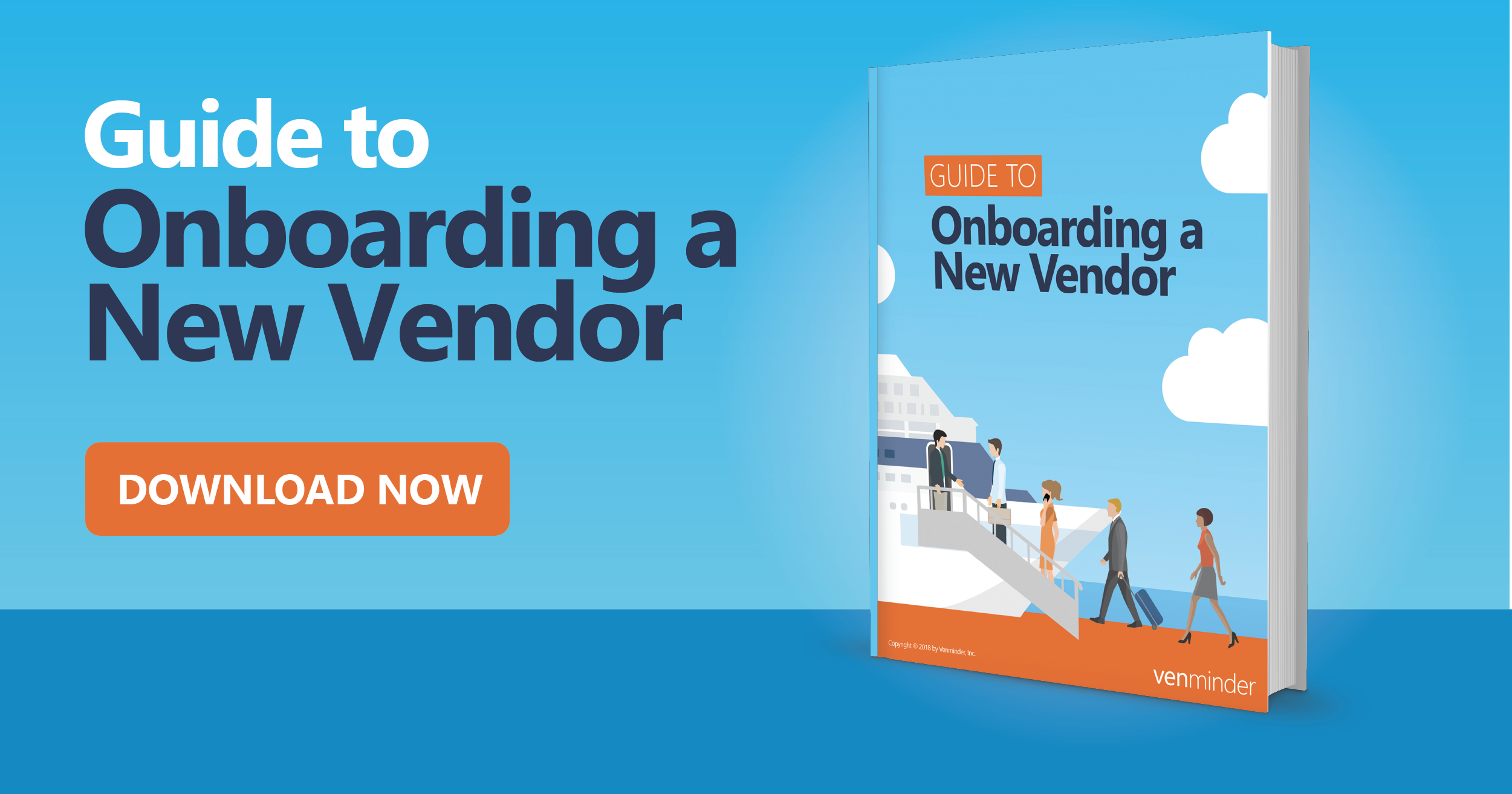Vendor onboarding is a fundamental component of third party risk management. To have a successful vendor partnership, you must have a successful vendor vetting and onboarding process.
Why Vendor Onboarding Is Important
Selection of a new vendor and onboarding are critical for many reasons, but I consider the top three to be the following:
- It’s a regulatory requirement. Peruse the OCC’s guidance, Bulletin 2013-29, and you’ll find that it’s part of the vendor lifecycle.
- It protects you from preventable risk. Establishing a thorough onboarding process, or due diligence process, assists with identifying any vendor risk before signing the contract.
- It gives peace of mind. You’ll have peace of mind knowing that you’ve selected the best vendor for your organization.
Understandably, onboarding can take some time. Some reasons that cause the delay are there are a lack of internal resources, possibly trying to apply a one-size-fits-all approach to the process, long contract negotiations or even waiting for the committee to be available to review and approve. It’s a lot of work to find the best vendor fit, but worth it.
Tips to Onboard a Vendor
Here are 11 helpful tips to onboarding a vendor and streamlining the process:
- Set expectations across the organization – with your team and stakeholders – on timelines and approvals.
- Utilize external tools – like online tools – to help with your vendor reviews, analyzing things like reputation and financial strength as needed.
- Involve subject matter experts (SMEs) in the process. Request their assistance with initial vendor vetting. Keep in mind, if internal SMEs are scarce, you can always outsource to a third party SME.
- Find the vendor’s risk appetite and effectively communicate that (i.e., high, medium, low).
- Include termination/exit strategy language in the contract that protects your organization should you discover any new negative items during your periodic vendor due diligence. You can usually add this language during the contract negotiations but be sure to test it regularly.
- Have a risk/reward analysis handy. Weigh the risk and reward as well as be ready to communicate to your senior management team exactly why you need the vendor and how they’ll help your organization.
- Involve IT, or any other necessary departments, early in the onboarding process so that they have ample time to prepare and are ready to dedicate some of their resources to specific project plans regarding the new product/service.
- Pass along new news – even negative – to senior management as soon as possible. This will help them make the most informed decision.
- Define onboarding dates. Like with every project, there should be a set deliverable date, not a time crunch.
- Request progress reports and complete touchpoint calls to keep information flowing and everyone accountable.
- Outsource if necessary. If internal resources are limited or other projects are becoming higher priority, you can use online and commercially available tools to assist with requesting and obtaining the vendor vetting requirements.
Properly onboarding a vendor can save your organization in a few ways. First, expect your reputation to be protected as you’ve likely determined that you’ve selected the highest quality vendor in that product or service market space. Second, you’ll save time as you (hopefully) won’t have to soon go through the onboarding process again to replace the selected vendor. Finally, it can save money, or provide a ROI, due to an opportunity to negotiate price, the term and more.
New vendors could be risky business – learn more about the onboarding process. Download the eBook.



















